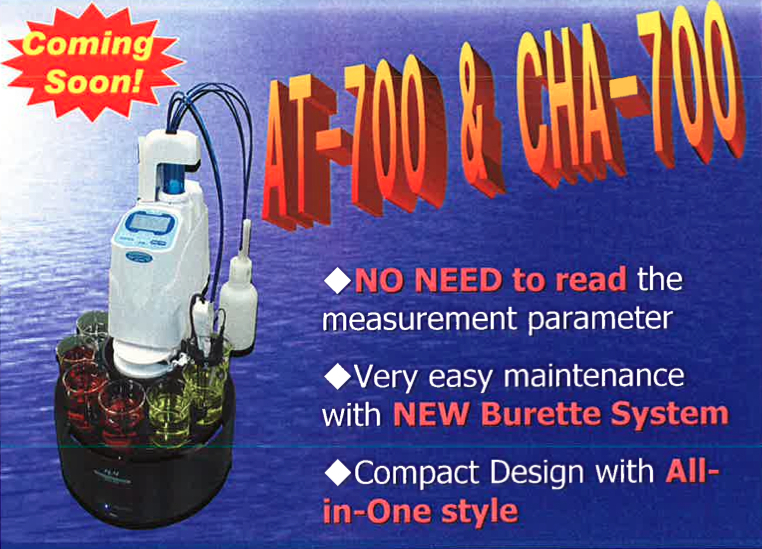 A Word About Karl Fischer Water Standards
A Word About Karl Fischer Water Standards
Some operators use Karl Fischer water standards daily while others do so sparingly. Regardless of the type of operator you are, there still seems to be some confusion about what Karl Fischer water standards are supposed to accomplish and/or why we use them.
Water standards for Coulometric Karl Fischer Titrators verify “recovery” of a known amount of water. We say “recovery” because we are seeking to recover or measure water that was introduced during a test. When introducing a water standard with a known amount of water using a syringe and needle — known as the direct injection method — we should expect to recover all of that water. If we do not recover it all, there could be a problem.
Water standards can also be used to verify recovery for Volumetric Karl Fischer Titrators, but they can also be used to help calculate the titer value associated with Volumetric Titration. Additionally, if a solids evaporator oven is being utilized in conjunction with a Karl Fischer Titrator, we can use a water standard in powder form to verify moisture delivery from the evaporator to the titrator.
We offer a line of Karl Fischer Water Standards covering a range of moisture content for both direct injection tests as well as evaporator powder standards.
Typically, the high range standard known as “10.0” is used with the Volumetric Karl Fischer Titrators. The other lower range water standards including the “1.0”, “0.1” and “Water Standard Oil”, are used with the Coulometric Karl Fischer Titrators. You can see a breakdown of the water standards as follows:
· “10.0” contains 10.0mg (10,000 micro grams) of H20 per gram (1g = 1mL)
· “1.0” contains 1.0mg (1,000 micro grams) of H20 per gram (1g=1mL)
· “0.1” contains 0.1mg (100 micro grams) of H20 per gram (1g=1.16mL*)
· “Water standard oil” contains a target PPM result (by LOT) of 6.0PPM
· “Water standard KF oven” (230°-240° C) approximate 5.55% result
· “Water standard KF oven” (140°-160° C) approximate 5.0% result
Note that a water standard with a specific gravity of 1.0 means that 1gram (mass) is equal to 1 milliliter (volume). You will notice that the “0.1” water standard has a specific gravity of less than 1.0 because it contains some xylene (we will cover specific gravity in more detail later).

To actually run a direct injection water standard test the operator will typically fill their syringe with 4 mL of water standard (water standards are generally sold in convenient 4mL ampules) and dispose of 1 mL to clean and prep the needle prior to conducting a direct injection water standard check. Utilizing the 3 mL remaining inside the syringe, three separate tests can be performed by injecting 1mL for each subsequent test. If the operator finds the results to be inconsistent, a larger amount of water standard can be used for each injection to improve accuracy and repeatability.
Hopefully this information will help with some of the challenges many operators encounter daily as well as improve performance and reliability of moisture testing results.
We will cover more regarding Karl Fischer Titration including using specific gravity, trouble shooting problems, volumetric reagents and calculating sample sizes to name a few. Until then, we hope you will continue to read, enjoy and share our posts regarding the interesting and sometimes confusing topic of Karl Fischer Titration.
Thanks for reading and, as always, feedback is welcome.
Hank Levi



